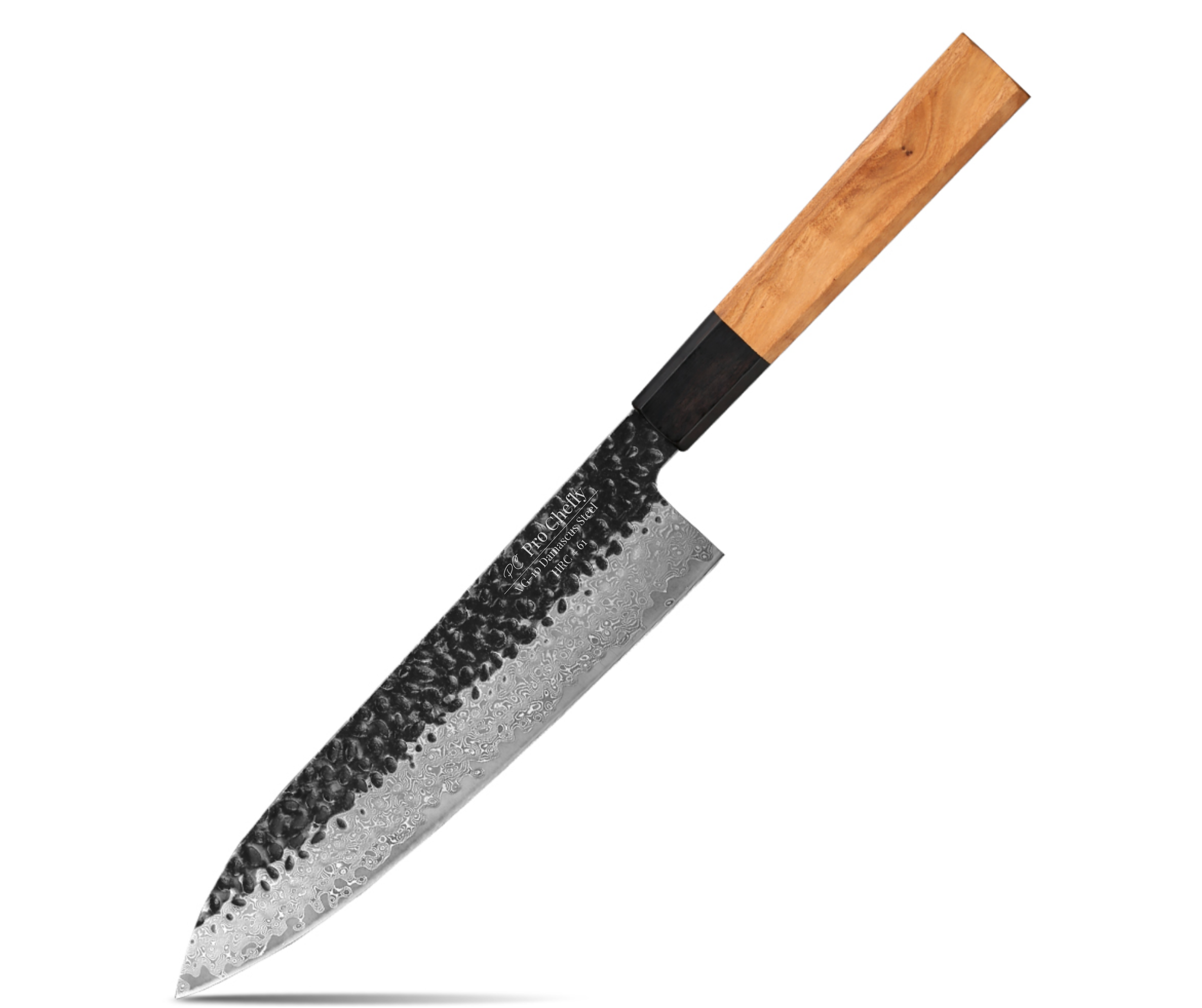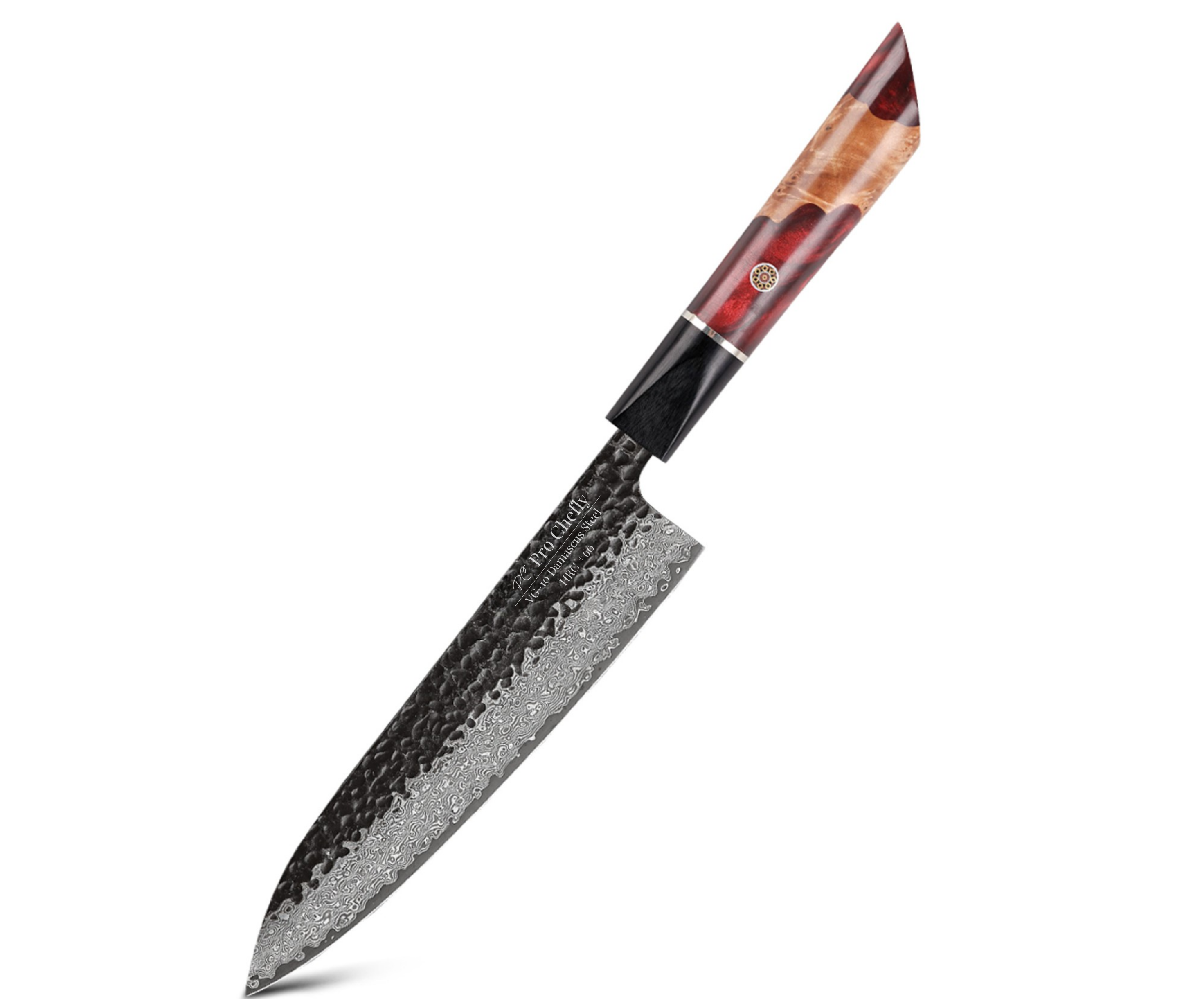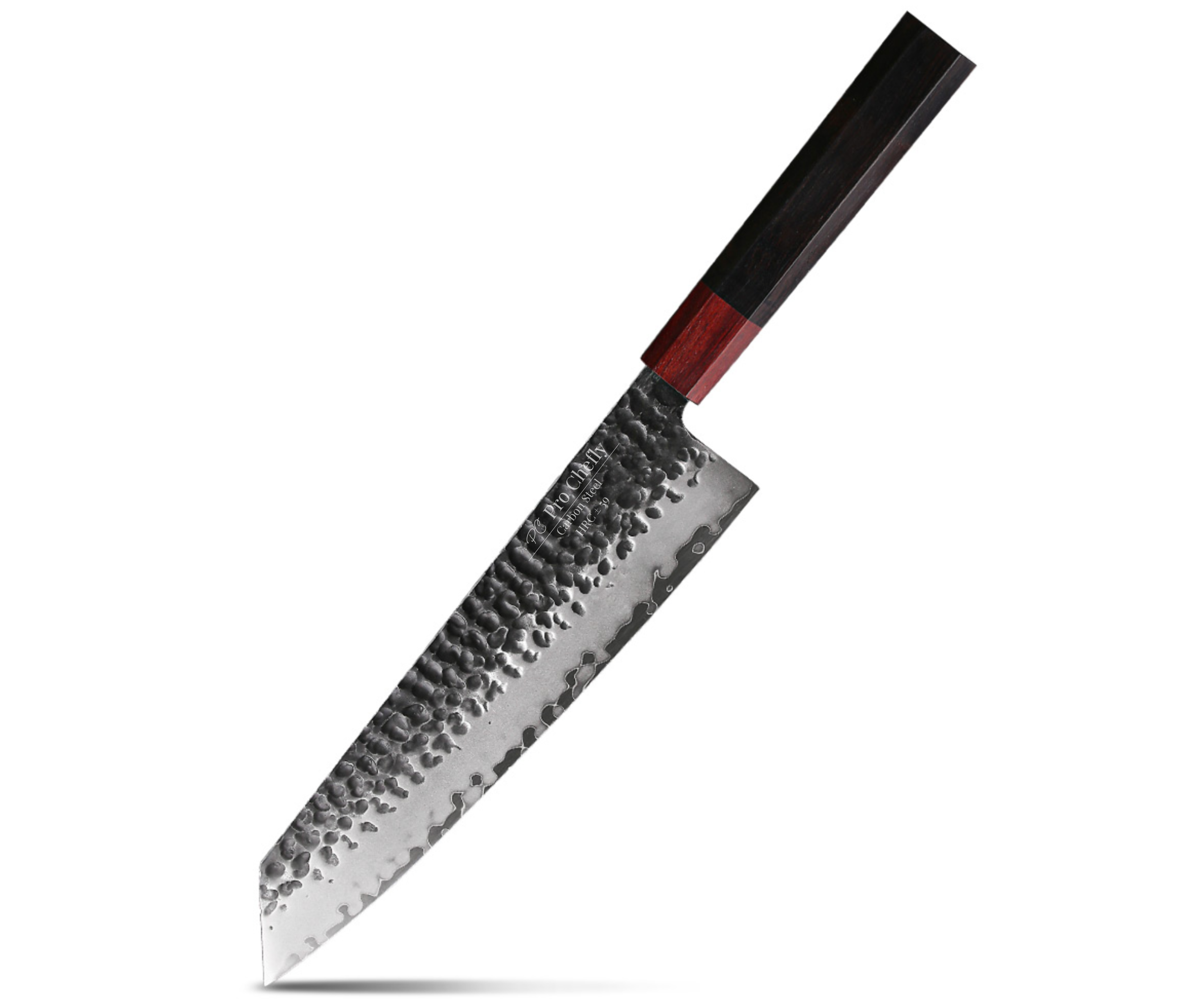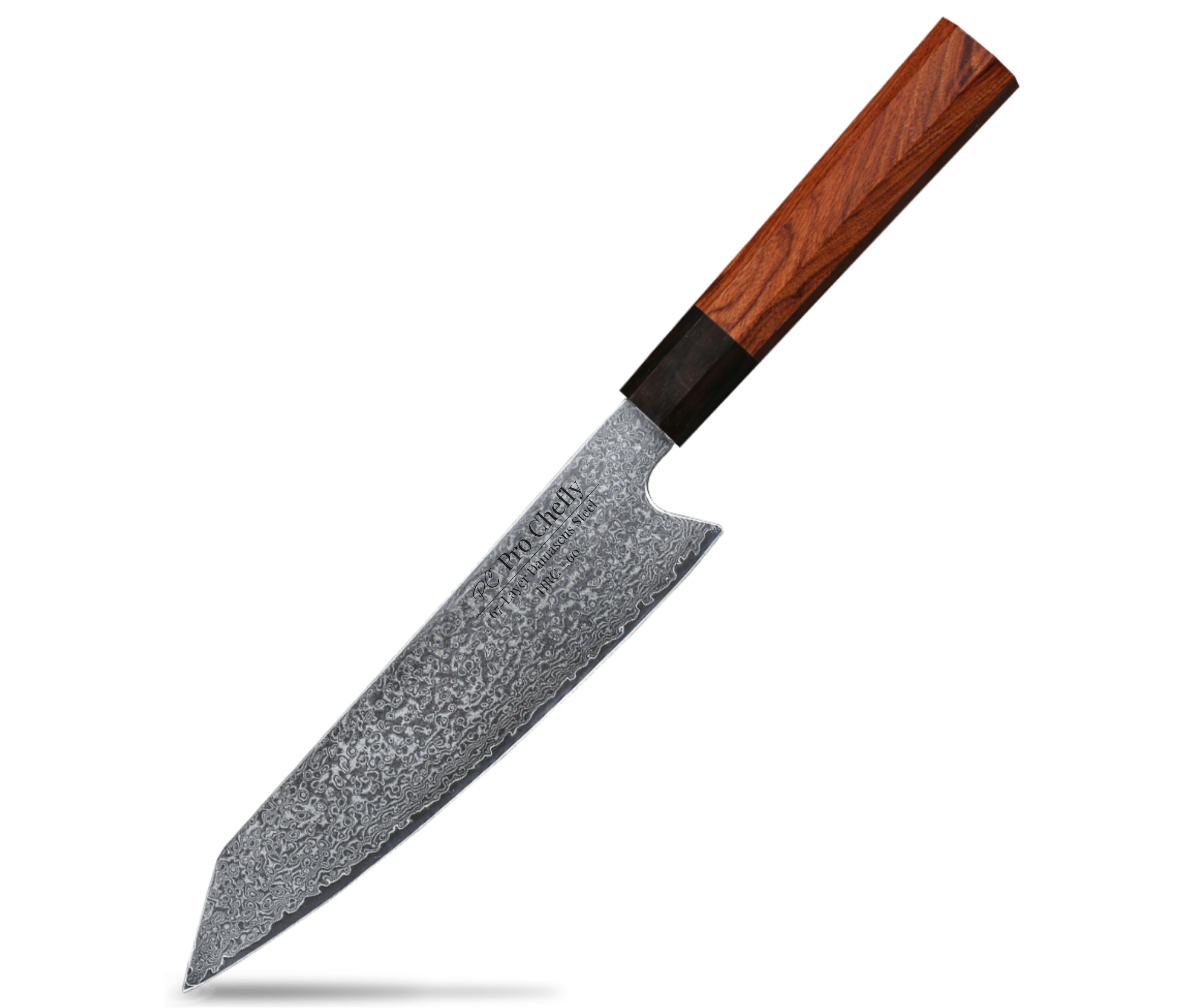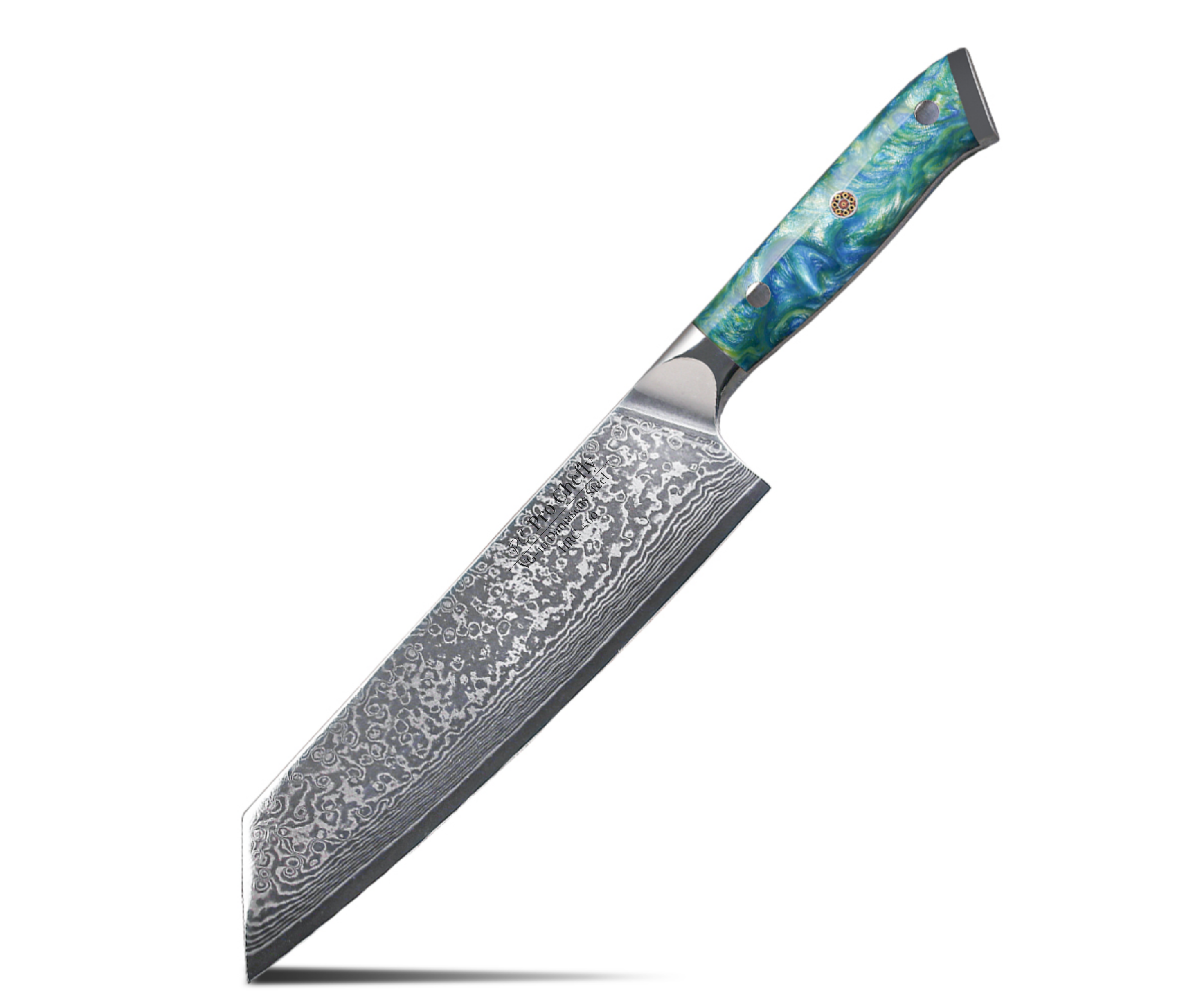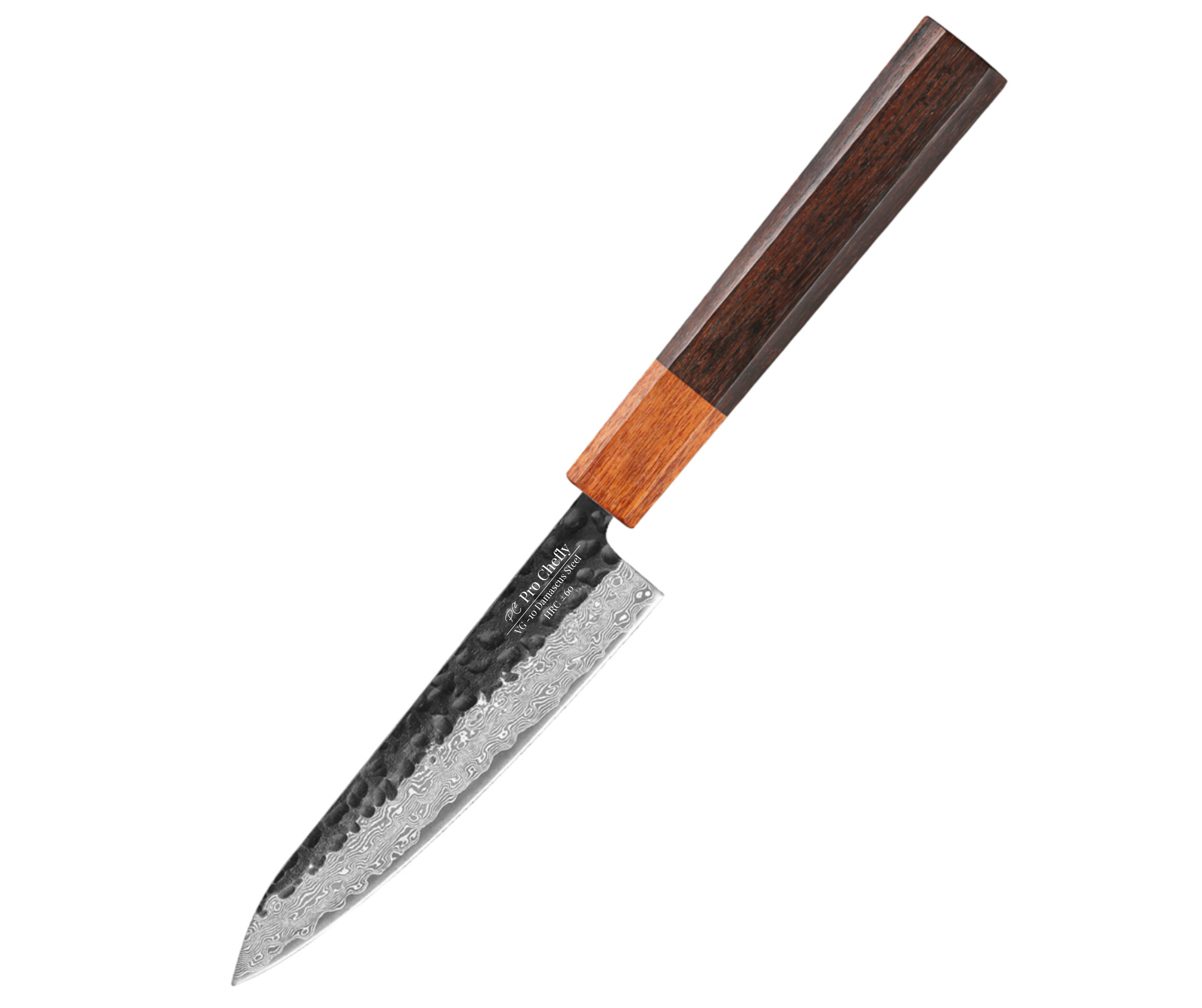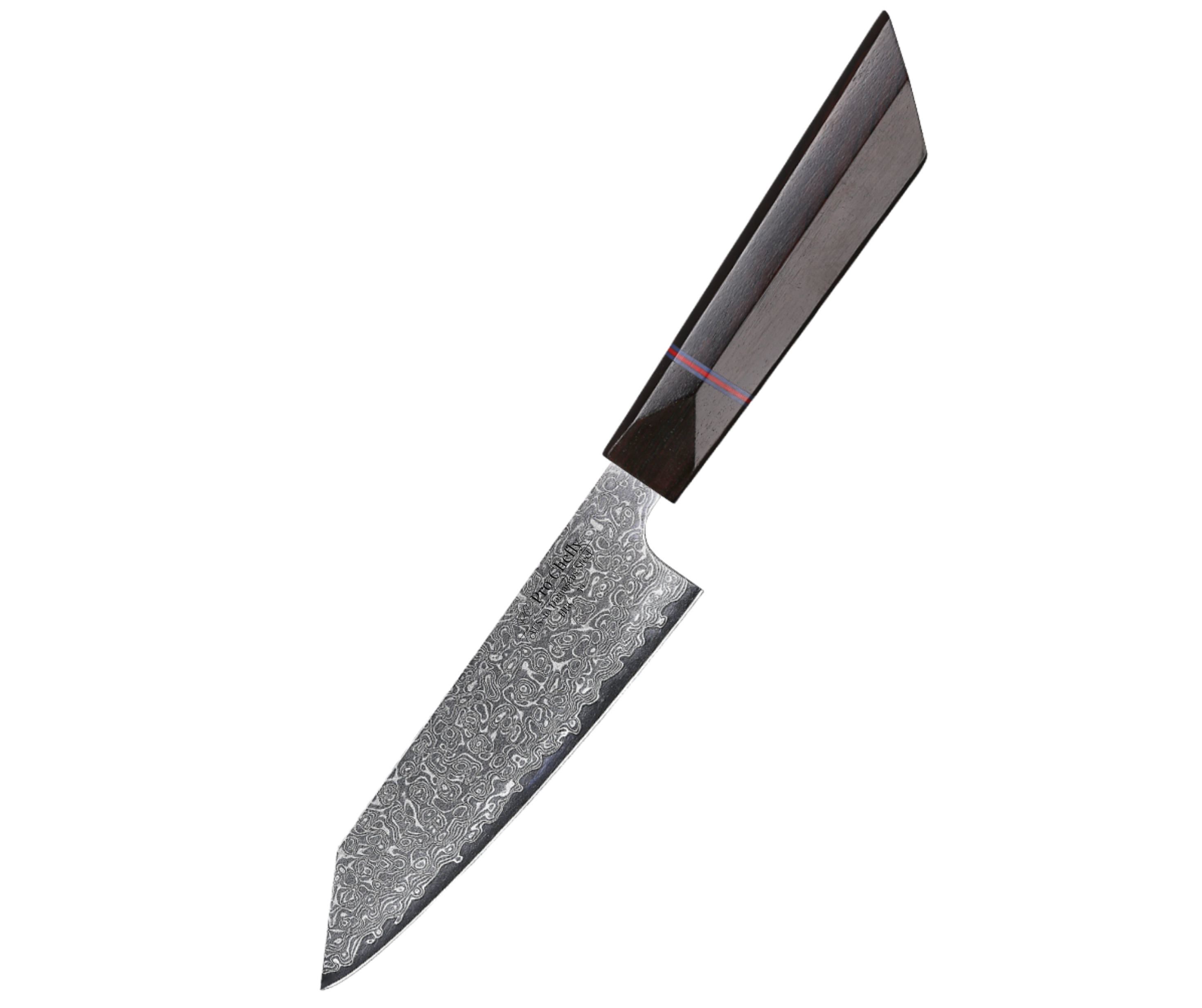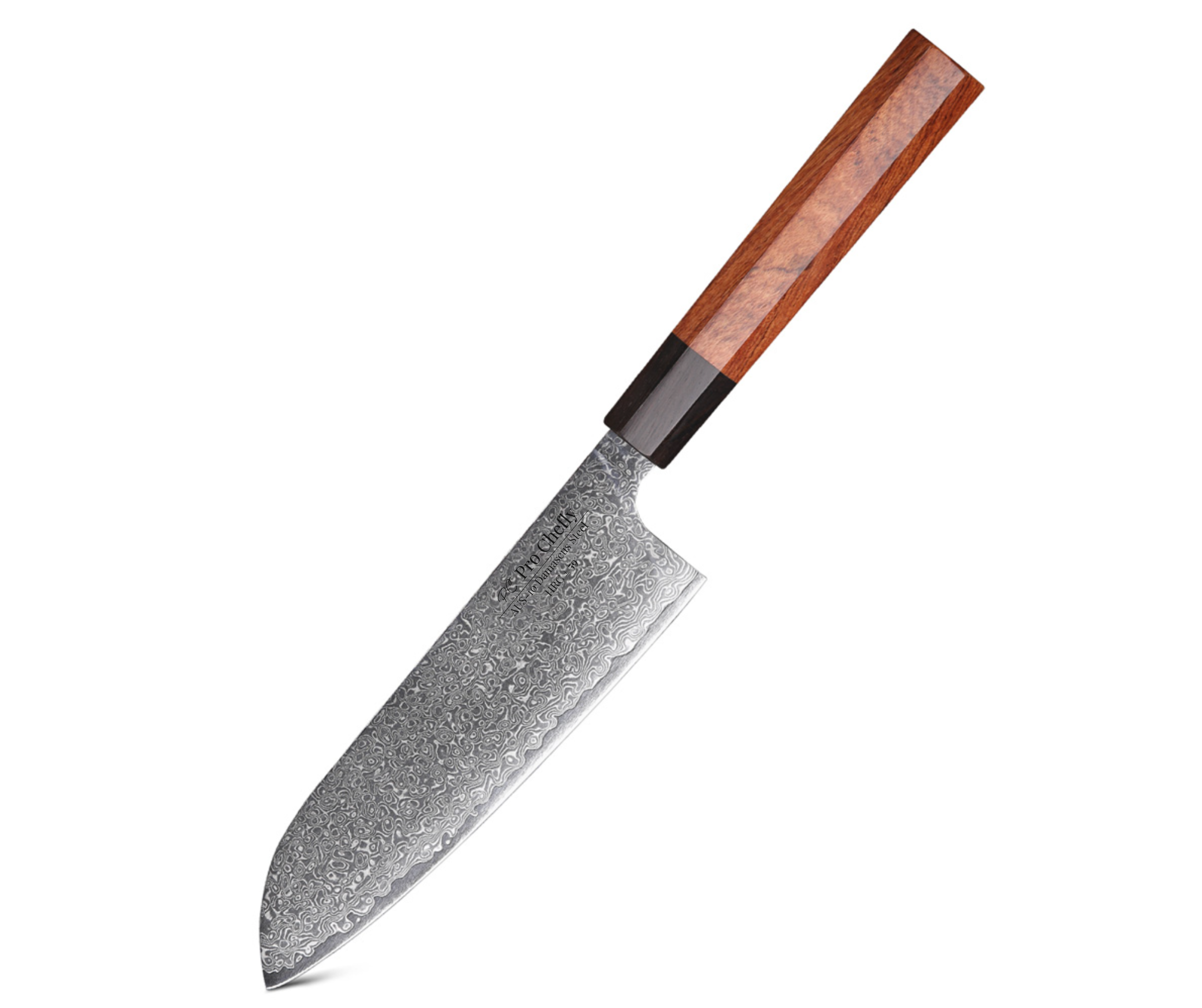Chef’s Overview
Dear Chefs — fall cooking means more roasted squash, more caramelized onions, more searing, more board friction… and that means more wear on your blades. Especially Damascus blades. Today, I’m going to walk you through exactly how to bring your Damascus steel knife back to its original shine — not just “clean,” but that deep, layered shimmer that makes the fall prep ritual feel elevated. If you’ve forgotten the artistry behind this steel, go back and skim How to Spot Authentic Damascus Steel vs Fake Patterns or How is Damascus Steel Forged and Why is it So Valuable for a refresher on what makes these patterns so sacred in the first place.

Why Fall Is When Damascus Patterns Need the Most Care
Fall ingredients are tougher. The skins are thicker. The fibers are denser. And every heavy downward chop introduces microscopic friction across the face of the blade. That friction doesn’t dull the edge — it dulls the pattern. Damascus shine gets muted not from cooking — but from the way fall cooking forces knife-to-board contact. That’s why Damascus never looks as flat in July as it does in October.
Understanding Damascus Shine vs “Stainless Steel Shine”
Damascus shine isn’t “mirror polish.” It’s contrast. Damascus looks best when the darker folds look naturally shadowed and the lighter folds feel almost three-dimensional. When the pattern looks flat — that’s soap film, oxidation, or micro scratching. You’ll remember from What Makes Damascus Steel Knives Different from Stainless Steel — stainless can take brute scrubbing. Damascus cannot. If you think of stainless as linoleum… Damascus is hardwood.
Step-by-Step Routine to Restore Damascus Shine at Home
Step 1 — Gentle Deep Clean
Warm water. Mild dish soap. Soft sponge — nothing abrasive. We’re removing film — not sanding.
Step 2 — Lift Micro Oxidation
Make a paste with baking soda + a few drops of water. Microfiber cloth. Wipe along the grain of the pattern — always in long, straight strokes.
Step 3 — Apply the Right Polishing Compound
Use a Damascus-friendly paste like Flitz or Metal Glo. A pea-size dab. Slow controlled passes. You’re amplifying contrast — not creating glare. And this works beautifully on blades like the 7" VG-10 Damascus Santoku Knife, the 5" VG-10 Damascus Petty Knife, or the 8" VG-10 Damascus Chef Knife if those are your daily prep blades.
Step 4 — Dry Immediately
No air drying. The water minerals will leave residue. Immediately wipe dry with microfiber.
Step 5 — Oil the Blade (This Is Where the Magic Happens)
A single drop of food-safe oil. Spread whisper-thin. This deepens the darker folds and pulls the lighter folds forward. This is how the pattern POPS again.
Why This Matters for Fall Cooking Specifically
Fall dishes are visual. Maple-glazed pork. Burnished squash. Caramelized onions. These dishes deserve a blade that feels ceremonial to use. Shine isn’t vanity — it’s respect for the craft. In Santoku Knives Explained – When to Use Them for Autumn Harvest Cooking, we talked about how the Santoku shape is perfect for downward fall produce chopping — but that’s also the motion that mutes the pattern fastest. Maintenance isn’t a side chore — it’s part of being a serious fall cook.
Which Pro Chefly Products Shine Best With This Routine
We’ve tested this routine across multiple Damascus builds — including the 7" AUS-10 Damascus Santoku Knife, the 7" VG-10 Damascus Nakiri Knife, the 8" VG-10 Damascus Gyuto, the 8" VG-10 Damascus Bread Knife, and even specialty shapes like the 8.5" VG-10 Damascus Kiritsuke Knife and the 5" AUS-10 Damascus Mini Bunka Knife. They all respond to this pattern-sensitive polishing better than anything abrasive or stainless-oriented.
The Wrap-Up Twist — Shine Is a Ritual
Dear Chefs — restoring shine is not “maintenance.” It’s part of the fall ritual. It’s like seasoning your cast iron before stew season. It’s like sharpening your pencils before drafting a story. Shine isn’t just about the way the blade looks — it’s how you reconnect to why you fell in love with knives in the first place. Damascus is a living sculpture — and taking the time to bring that pattern back is how you honor the blade that honors your craft.
Knife Collections
Shop the latest in Pro Chefly Damascus Knives
Chef's Notes
Stay up to date with the latest kitchen stories and recipes

- October 27, 2025
Dear Chefs, this one’s for the nights when autumn is in full swing — the air cool, the kitchen warm,...

- October 26, 2025
Dear Chefs, when the pumpkins are glowing and your countertop is dusted with sugar instead of flour, precision becomes the...

- October 20, 2025
Dear Chefs, can we talk about the real hero of fall breakfasts and cozy weekend lunches? It’s not the pumpkin...
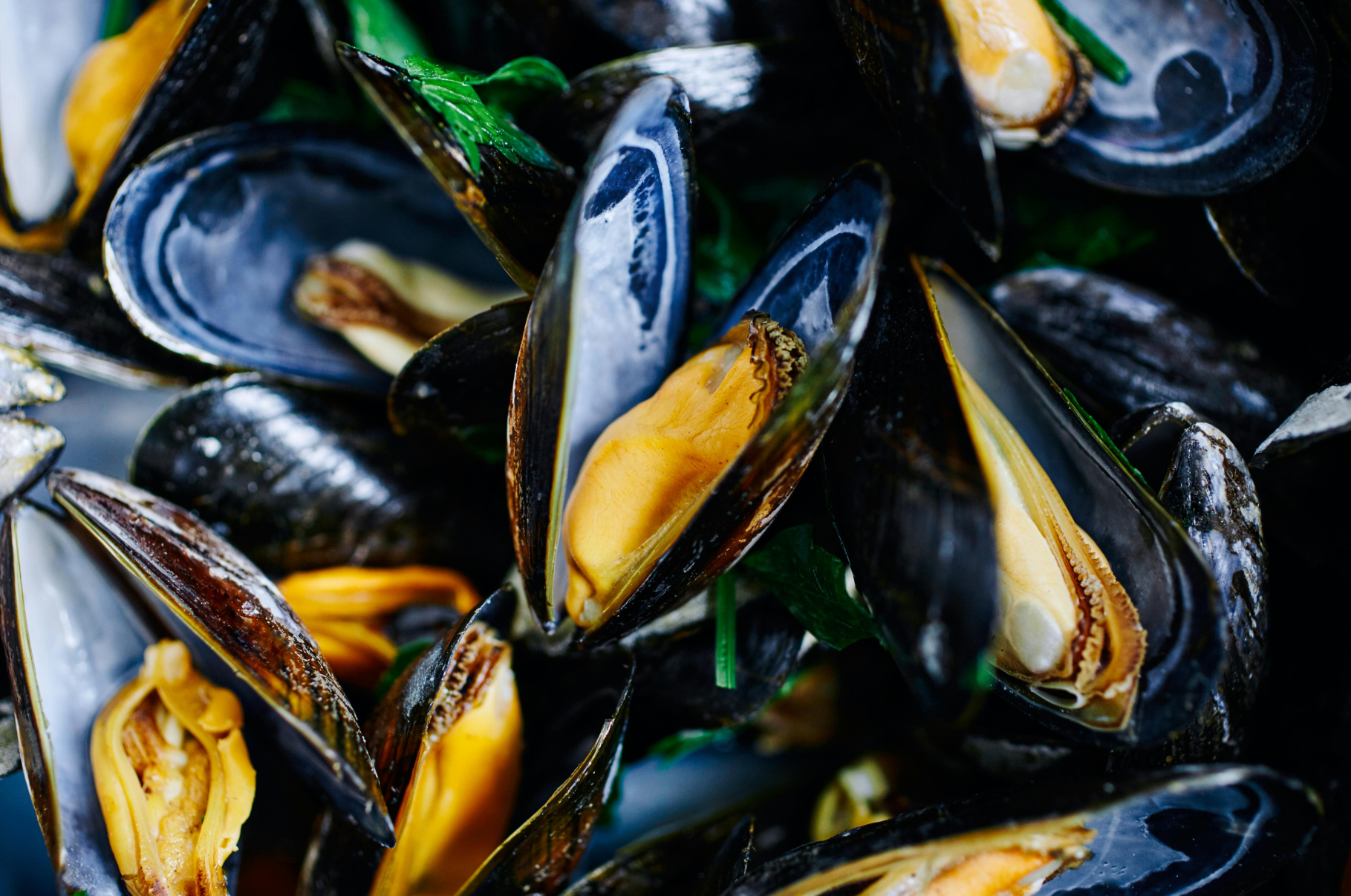
- October 12, 2025
Dear Chefs, this bistro-classic comes together in minutes: sweet mussels, a crisp white wine, and a silky butter emulsion you’ll...
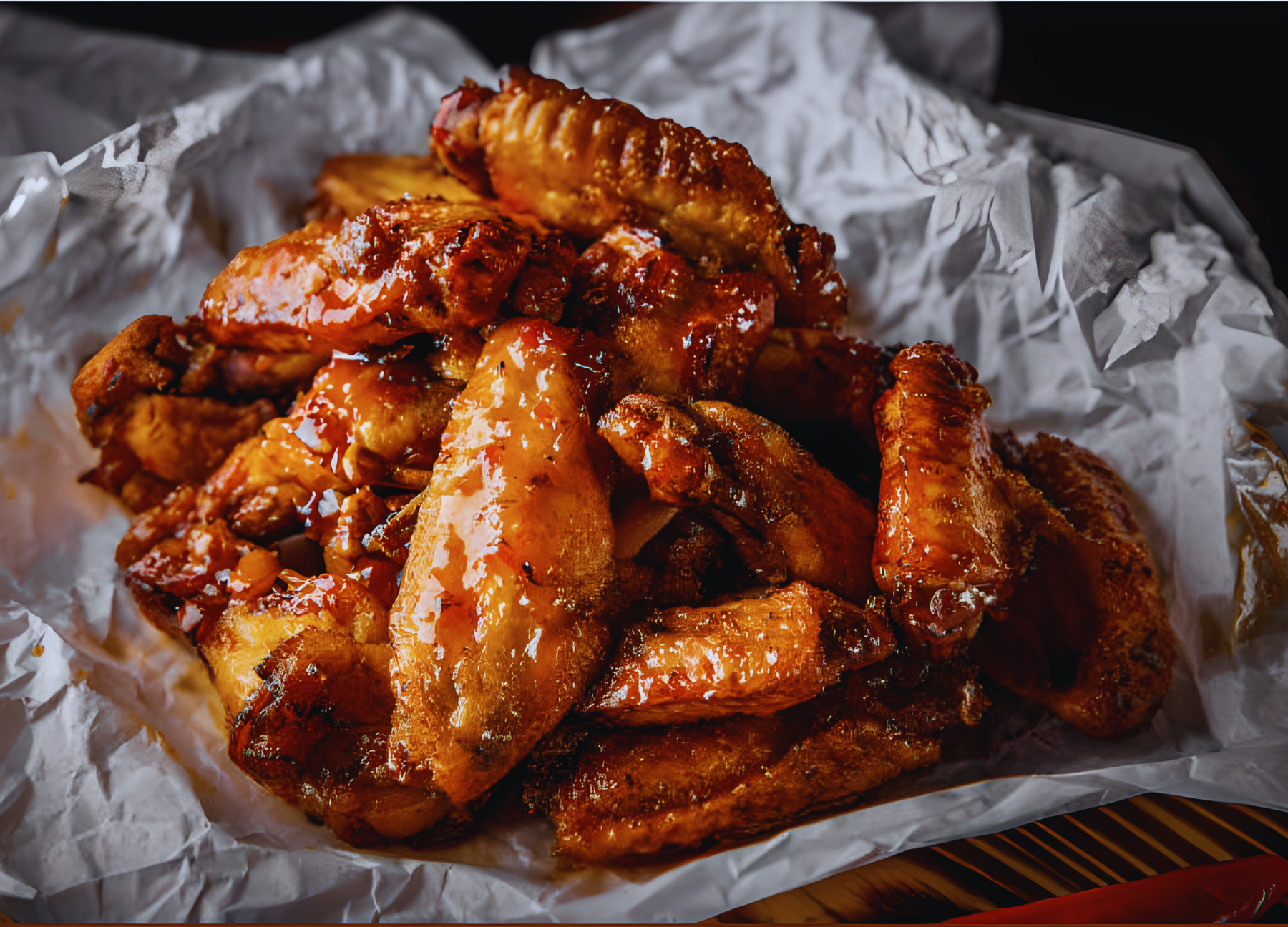
- September 16, 2025
Dear Chefs, there are few things as sacred as game day rituals: the jersey, the TV remote, and, of course,...

- September 11, 2025
Dear Chefs, some dishes don’t just feed the stomach—they hug the soul. Butter chicken is one of those dishes, rich...
- Choosing a selection results in a full page refresh.
- Opens in a new window.


